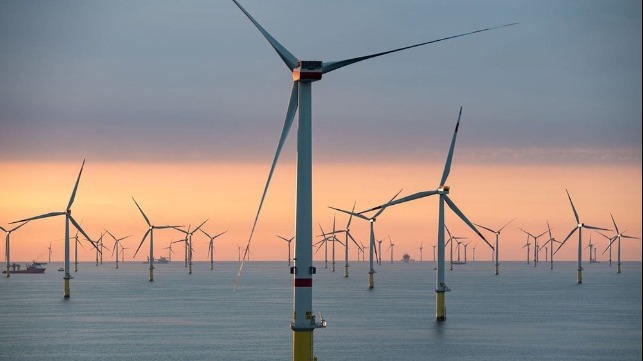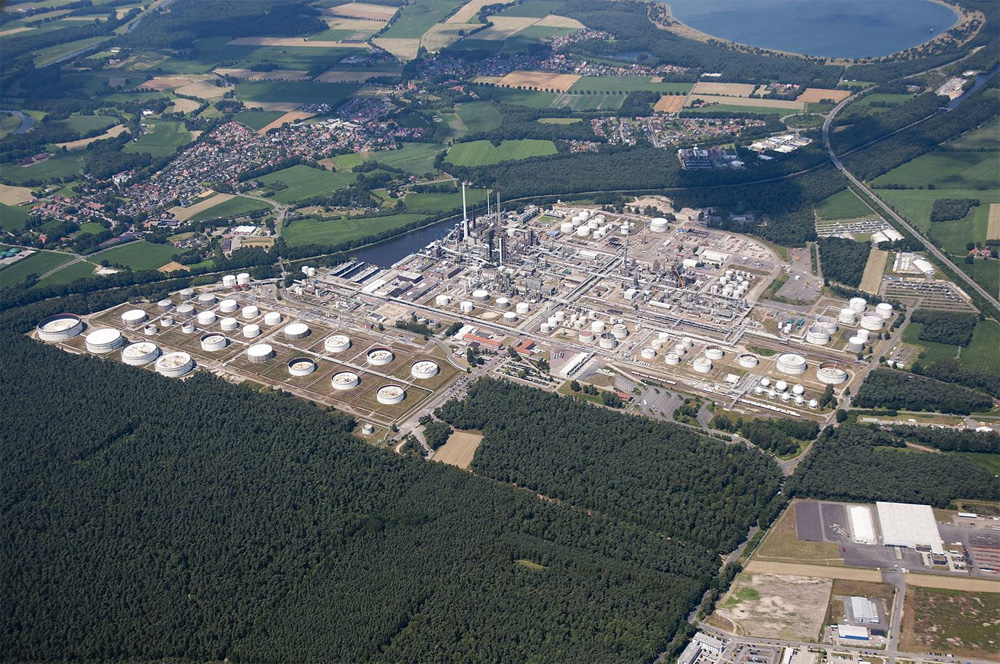Scaling Up Production of Green Hydrogen with Offshore Power

A new prototype project is seeking to use offshore wind power to scale up production of renewable hydrogen to become cost-competitive with the currently used fossil-based hydrogen. Jointly developed by Orsted and BP, the goal is to develop the potential large-scale renewable project at BP’s Lingen Refinery in North West Germany to provide renewable hydrogen for the refinery and provide feedstock for future synthetic fuel production.
The project, which is expected to be operational in 2024, will comprise a 50-Megawatt (MW) electrolyze system capable that is expected to be powered by an Orsted North Sea offshore wind farm. In the first phase of the project, the system will be generating one ton of renewable hydrogen per hour or almost 9,000 tons a year. According to the partners, this will be sufficient to replace approximately 20 percent of the refinery’s current fossil-based hydrogen consumption, avoiding around 80,000 tons of CO2 equivalent emissions a year. That is equivalent to emissions from around 45,000 cars in Germany.

BP’s Lingen Refinery in North West Germany
“Heavy industries such as refineries use large quantities of hydrogen in their manufacturing processes. They will continue to need hydrogen, but replacing the current fossil-based hydrogen with hydrogen produced from renewable energy can help these industries dramatically lower their CO2 footprint. But first, renewable hydrogen has to become cost-competitive with fossil-based hydrogen, and for that we need projects such as this with BP’s Lingen refinery which will demonstrate the electrolyze technology at large scale and showcase the real-life application of hydrogen-based on offshore wind,” said Martin Neubert, Executive Vice President for Orsted.
The longer-term ambition of the project is to build more than 500MW of renewable hydrogen capacity at Lingen. When the project reached this level of production, it could provide renewable hydrogen to both meet all the refinery’s hydrogen demand and provide feedstock for future synthetic fuel production.
“Hydrogen will have an increasing role to play in meeting the energy demands of a decarbonizing world. And we are determined to build a leading position in this emerging industry,” said Dev Sanyal, BP’s executive vice president for gas and low carbon. “Bringing together Orsted and BP, Lingen Green Hydrogen offers the opportunity both to accelerate significant emissions reduction in our refinery and build experience of large-scale green hydrogen production and deployment. This has the potential to play an important role in the development of a hydrogen economy, in Germany and beyond.”
Besides the production of green hydrogen, the project is also focusing on maximizing the efficiency of the electrolyze system and allowing flexible operation and complete integration into the refinery. The project’s engineering and commercial studies will also include assessments for sustainable uses of the main by-products of electrolysis, primarily oxygen and low-grade excess heat.
The partners have jointly applied for funding for the project named Lingen Green Hydrogen from the EU Innovation Fund. The fund is currently one of the largest funding programs for innovative low-carbon technologies, focusing particularly among others on energy intensive industries.
